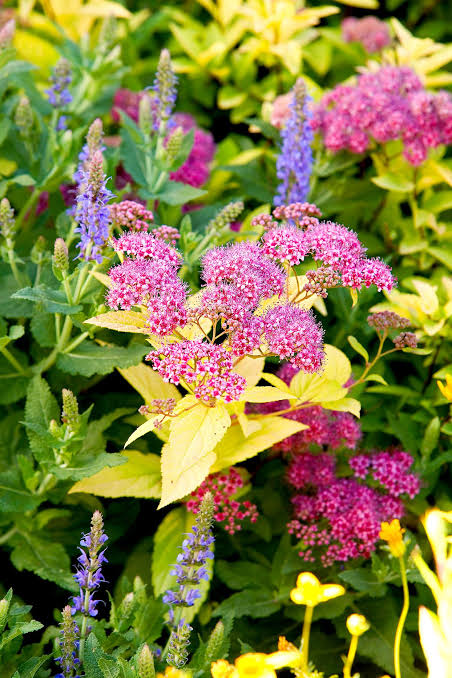Flowers have always captivated us with their colors, shapes, and symbolism. Capturing them through photography allows us to preserve that beauty forever. Whether you’re a beginner with a smartphone or an experienced photographer with a DSLR, knowing a few smart tricks can take your images from ordinary to extraordinary. That’s why this guide focuses on 🔥 Top tips for beautiful flowers photos – simple and effective!In this article, you’ll uncover how to compose, light, and edit your shots so your floral photography truly stands out. We’ll also share practical hacks that work whether you’re photographing a single rose, a blooming garden, or even wildflowers on a hike.🌸 Why Flower Photography MattersBefore diving into the top tips for beautiful flowers photos, let’s talk about why it’s worth mastering this skill:Emotional Connection: Flowers represent love, hope, and celebration. Photos of flowers often evoke strong feelings.Versatility: Flower photography works for personal keepsakes, professional portfolios, and even social media content.Creative Expression: Experimenting with colors, angles, and backgrounds allows photographers to express themselves artistically.Timeless Appeal: Flowers change with the seasons, giving endless inspiration all year round.🌞 Lighting – The Secret Ingredient1. Use Natural Light Whenever PossibleNatural light is your best friend in floral photography. Soft, diffused sunlight during the golden hours (shortly after sunrise and before sunset) creates flattering tones and avoids harsh shadows.Morning light makes dew drops sparkle.Evening light adds warmth and drama.Overcast days are perfect for even, soft lighting.2. Avoid Harsh Midday SunDirect noon sunlight can wash out colors and create unflattering shadows. If you must shoot at midday, use a diffuser (like a thin white cloth or reflector) to soften the light.📸 Composition Tricks for Stunning Shots3. Rule of ThirdsDivide your frame into a 3×3 grid. Position your flower at one of the intersections for a balanced yet dynamic photo.4. Fill the FrameDon’t be afraid to get close. Filling the frame with petals, textures, and patterns emphasizes detail and makes your flower the star of the show.5. Experiment with AnglesShoot from below to highlight the sky as a background.Capture from the side to reveal depth.Photograph from above for a flat-lay style, great for Instagram.6. Use Leading LinesIf photographing a garden bed, use paths, stems, or rows of flowers as lines that guide the viewer’s eye through the frame.🌺 Focus and Depth of Field7. Master Macro PhotographyFor detailed shots of petals, stamens, or dew drops, use a macro lens or the macro mode on your smartphone. This creates sharp, detailed close-ups.8. Blur the Background (Bokeh Effect)A blurred background emphasizes your flower and removes distractions. On DSLRs, use a wide aperture (f/2.8–f/5.6). On smartphones, portrait mode can achieve similar results.9. Focus on the Right SpotAlways focus on the most striking part of the flower, usually the center or the petal edges. This ensures sharpness where it matters most.🌿 Creative Backgrounds and Props10. Keep Backgrounds SimpleA busy background can distract from your subject. Use solid colors, greenery, or blurred scenery to make your flower pop.11. Add Context with PropsPlace flowers in mason jars, vases, or baskets for storytelling.Capture flowers against rustic wood, glass tables, or fabric backdrops.Include hands holding flowers for a human element.12. Experiment with ColorsComplementary colors create striking photos. For example:Yellow sunflower against a blue sky.Purple lavender with green fields.White roses against a dark backdrop.📱 Smartphone vs. DSLR – Both Can Work Wonders13. Smartphone Photography HacksUse portrait mode for bokeh.Adjust exposure manually by tapping on the screen.Install photography apps for more control (e.g., Lightroom Mobile, Snapseed).14. DSLR or Mirrorless CamerasShoot in RAW format for editing flexibility.Use tripods for stability, especially in low light.Experiment with different lenses: wide-angle for landscapes, telephoto for distant fields, macro for close-ups.🖌️ Editing for Perfect Flower Photos15. Enhance Colors NaturallyBoost vibrancy and saturation slightly but avoid over-editing. Flowers should look lively yet realistic.16. Adjust Contrast and ShadowsHighlight petal details by increasing contrast and reducing shadows. This creates depth without making the photo look unnatural.17. Crop and StraightenDon’t hesitate to crop distractions or adjust angles for symmetry. A clean composition makes your photo more impactful.🌼 Practical Tips for BeginnersBe patient: Wait for the perfect moment when the light, wind, and angle align.Mind the wind: Flowers sway easily. Use a faster shutter speed to freeze motion or wait for calm weather.Capture multiple shots: Take photos from different perspectives to increase your chances of getting the perfect shot.Explore seasons: Tulips in spring, sunflowers in summer, chrysanthemums in autumn, and poinsettias in winter each bring unique beauty.Tell a story: Instead of just one flower, try capturing buds, full blooms, and fading petals to show the life cycle.🌹 ConclusionMastering flower photography doesn’t require expensive equipment or years of training. By following these 🔥 top tips for beautiful flowers photos – simple and effective!, you can transform ordinary shots into works of art. From choosing the right light and composition to experimenting with backgrounds and editing, every small detail makes a big difference.Whether you’re photographing wildflowers on a hike, roses in your garden, or bouquets at home, these techniques will help you capture their charm in ways that are vibrant, expressive, and unforgettable.So grab your camera—or even just your phone—and start practicing today. With these simple and effective tricks, your beautiful flowers photos will truly bloom! 🌸📸

